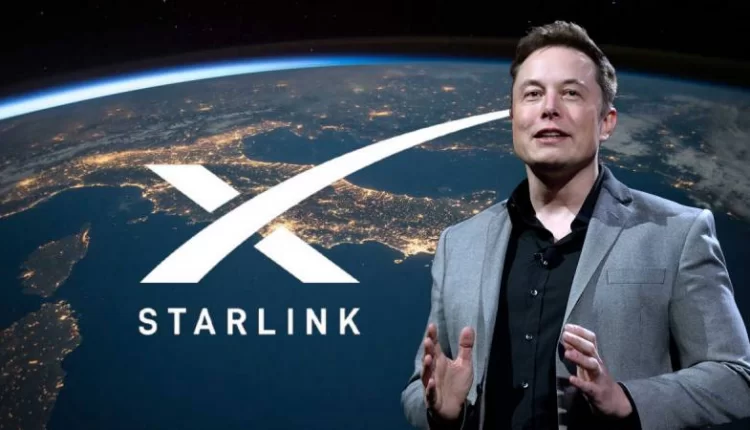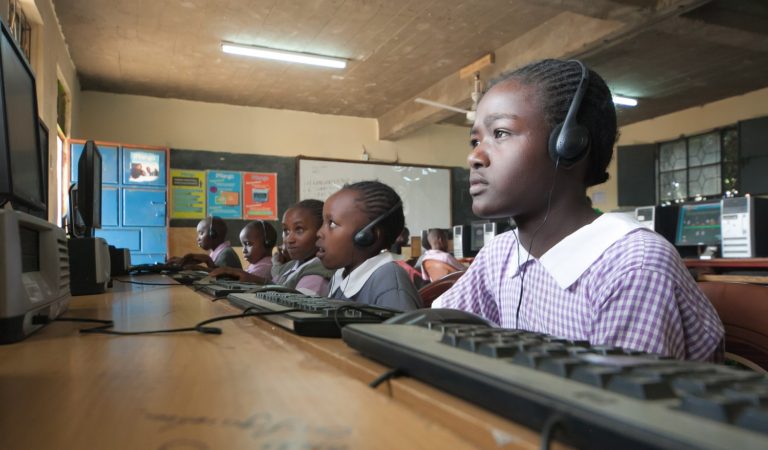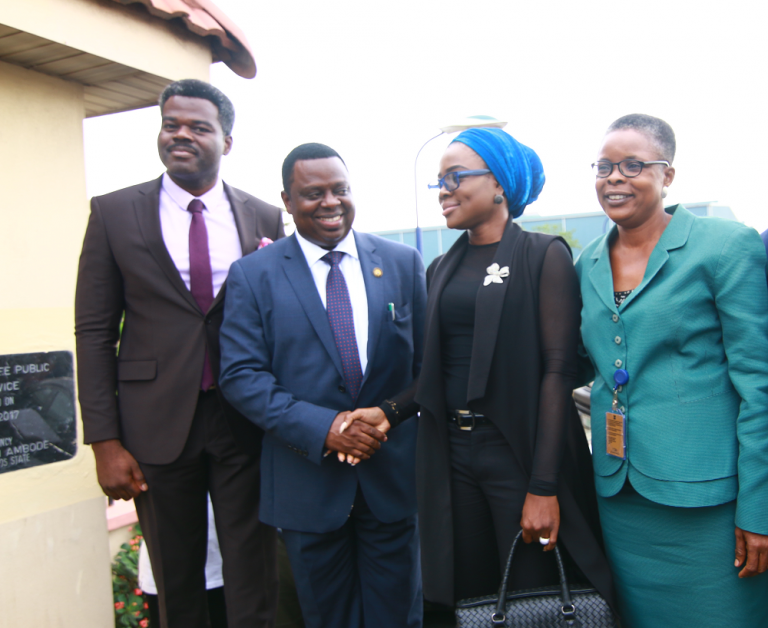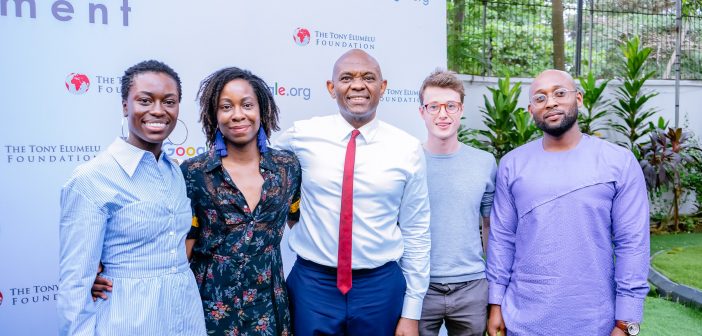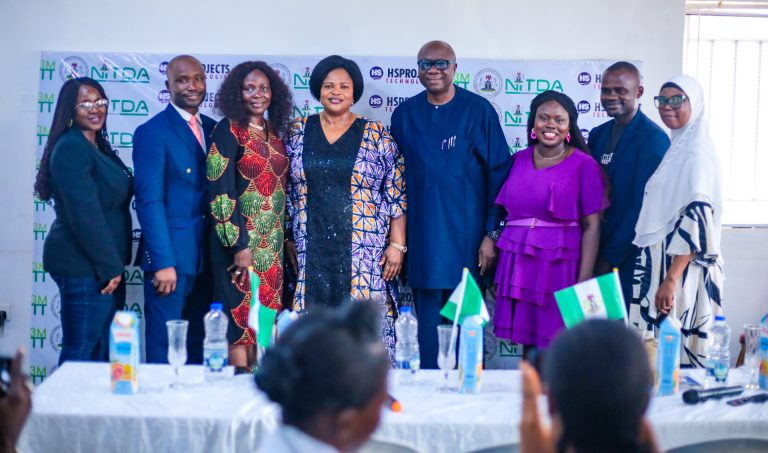Workshop on Scientific Applications for the Internet of Things (IoT)

The Telecommunications/ICT4D Laboratory (T/ICT4D) of the Abdus Salam International Centre for Theoretical Physics (ICTP, Trieste, Italy) is organizing a Workshop on Scientific Applications for the Internet of Things (IoT) to be held at the ICTP, Trieste, Italy, from 16 to 27 March 2015. This Workshop is co-sponsored by the International Telecommunications Union, Telecommunication Development Sector (ITU-D), by the Network Startup Resource Center (NSRC) based at the University of Oregon, and by the Network The World Foundation.
Brief Description:
The Internet of Things (IoT) refers to the networked interconnection of objects in addition to traditional networked devices. This new technology has the potential to change the world, just as the Internet did. This is starting to happen, as the continual decrease in size, cost, and energy consumption of wireless devices is boosting the number of mobile objects dramatically. The number of mobile objects composing the IoT will be huge: in 2020 between 12 and 50 billion devices are expected to be connected with each other, a 12 to 50-fold increase from 2012. This implies that the traffic generated will explode. The huge amount of traffic will require standardized interfaces and IP address utilization, such as IPv6. Furthermore, the availability of this “big data” can be leveraged to make inferences about many phenomena. In this Workshop, we will look at scientific applications of IoT and their relevance to Developing Countries, with a focus on low-cost, open and sustainable solutions.
IoT technology is facilitating a revolution in our understanding of nature by providing observations at a fine spatial-temporal resolution. IoT has the potential to revolutionize science and influence social, environmental and health issues. In many areas of applied science researchers measure easily detectable parameters and then use simple semi-empirical correlations to infer the parameter they are really interested in. These correlations are often based on very limited data, and creating sensors to measure more directly variables of interest is critical. The advent of sensor networks with tens or hundreds of nodes in which processing will be accomplished automatically will increase the resolution of scientific data by orders of magnitude. To prepare for this paradigm shift, scientists need to begin to evaluate new and developing technologies, establish collaborations and participate in joint efforts with experts in sensor technology, communications, information management, and networking to design and implement prototypes of IoT.



